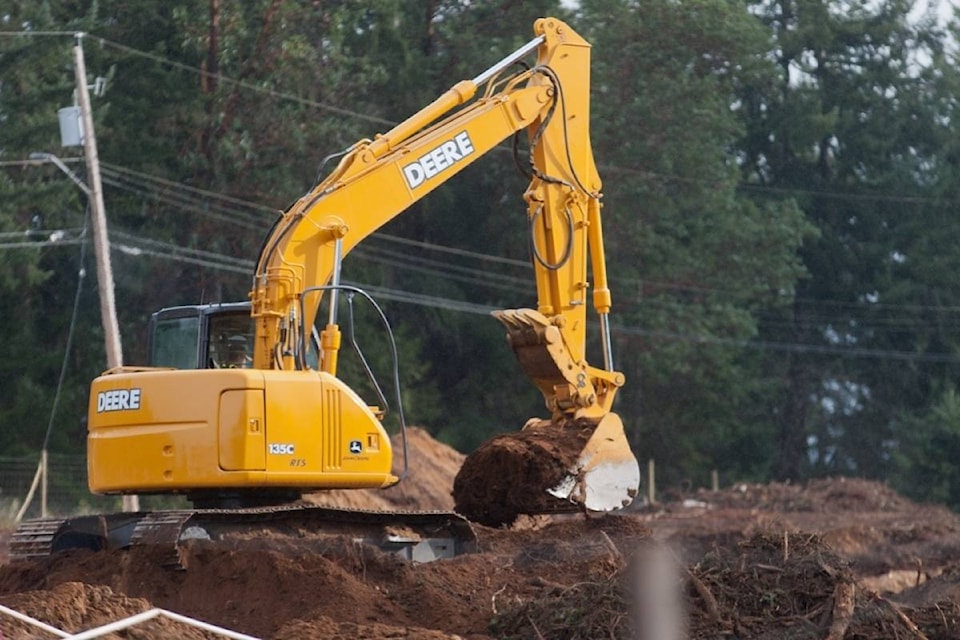In the last three years, the Regional District of Nanaimo has experienced growth in residential construction at levels higher than the provincial average.
Tom Arnett, manager of building and bylaw services, stated in his report to the Electoral Area Services Committee in the March 13 meeting, the regional district experienced a 21-per cent increase in permit applications in 2017 over 2016 applications, and 30 per cent above the total in 2015.
Construction activity in the electoral areas was primarily in residential development, while there were relatively few non-residential building permits issued.
The RDN processed 858 building permit applications in 2017, which generated overall construction value of $121.7 million, representing a 29-per cent increase over 2016 and a 40-per cent hike over 2015.
There were 41 non-residential permits, valued at $8.7 million, issued by the regional district in 2017 compared to 39 permits valued at $4.6 million the previous year, and 47 permits at $5.6 million in 2015.
The region that continues to record a high level of building activity in the last three years is Electoral Area E. Last year, the Nanoose Bay region had 137 permits issued, which was up 22 over 2016 and 30 more than 2015.
The other regions that experienced an increase in building activity last year were Electoral Area A, F and G. There were 109 building permits issued in the Coombs, Hilliers and Errington area, which is a big spike from the 81 permits in 2016 and 79 in 2015.
In Electoral Area G, which saw a decline in 2016 with 102 permits, down from 116 in 2015, construction activity went back up to 117 last year.
Building approval times is a crucial process for developers and often depends on the complexity of the project and also the volume of applications that the regional district needs to deal with.
During the first quarter of 2017, Arnett reported, the turn-around time for permit approval was two to three weeks but that stretched to four to five weeks in subsequent quarters because of the high number of applications. Last year, building inspectors conducted more than 7,000 scheduled inspections within 24 to 48 hours of the client’s request.
Arnett indicated the RDN’s approval and inspection scheduling times are consistent with and even lower than other municipalities and regional districts on Vancouver Island.
The RDN plans to continue improving its permit processing times, said Arnett. In doing so, the regional district has incorporated a continuous improvement model to review the process, incorporate technology and adjust services levels accordingly.
Send story tips to: michael.briones@pqbnews.com
